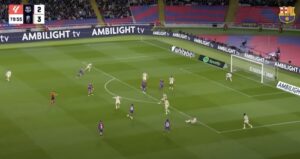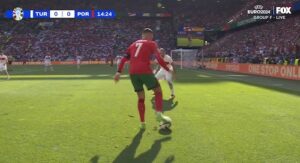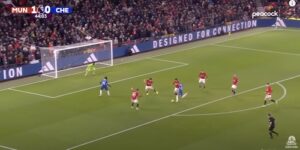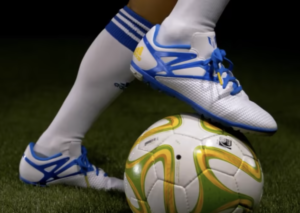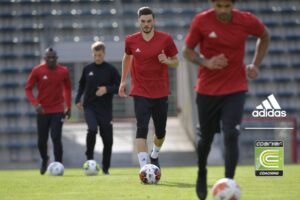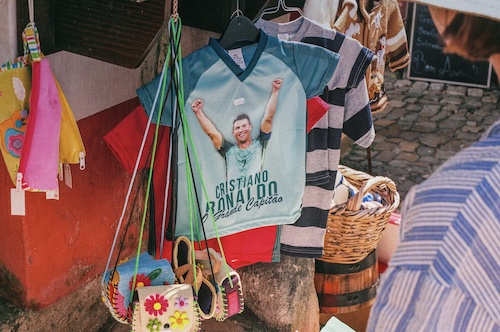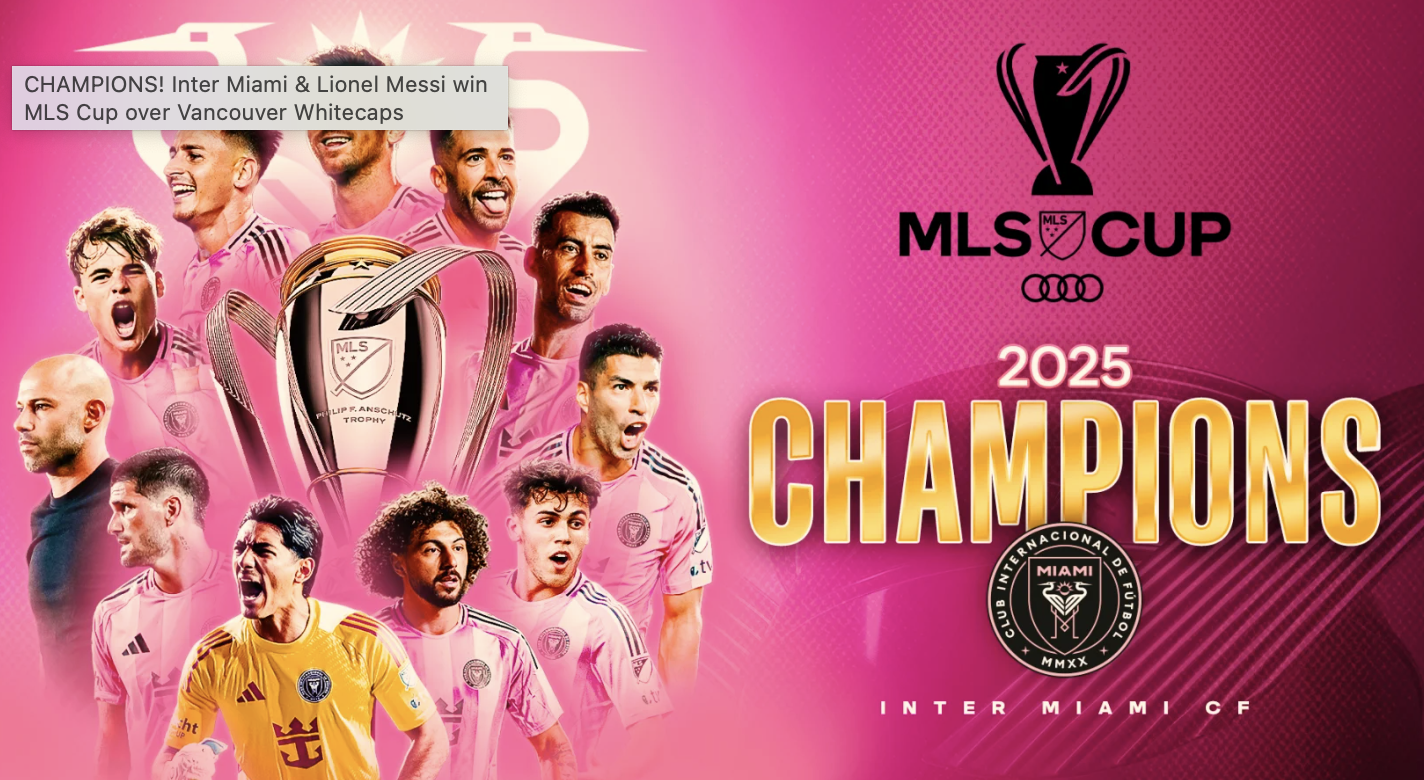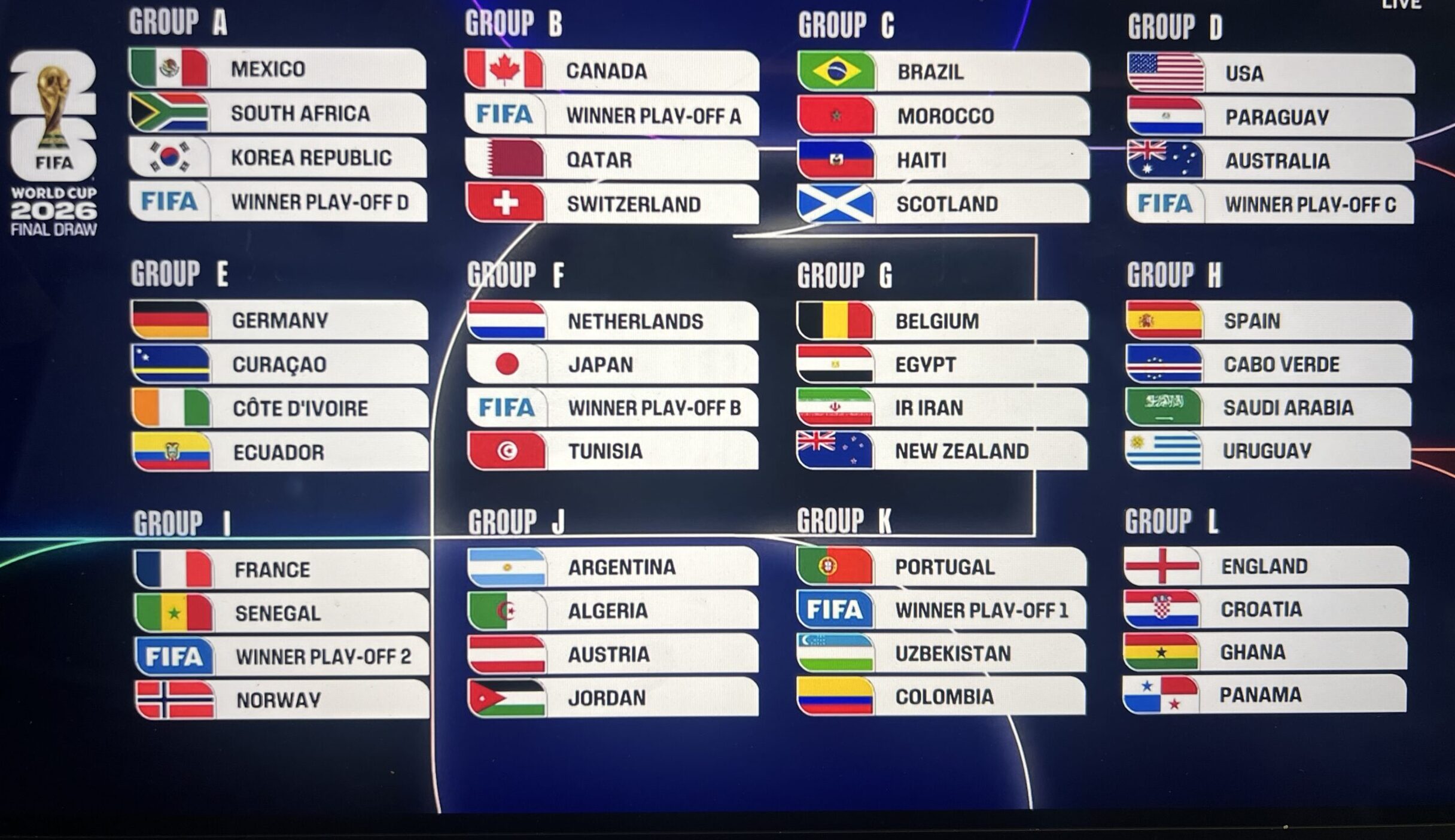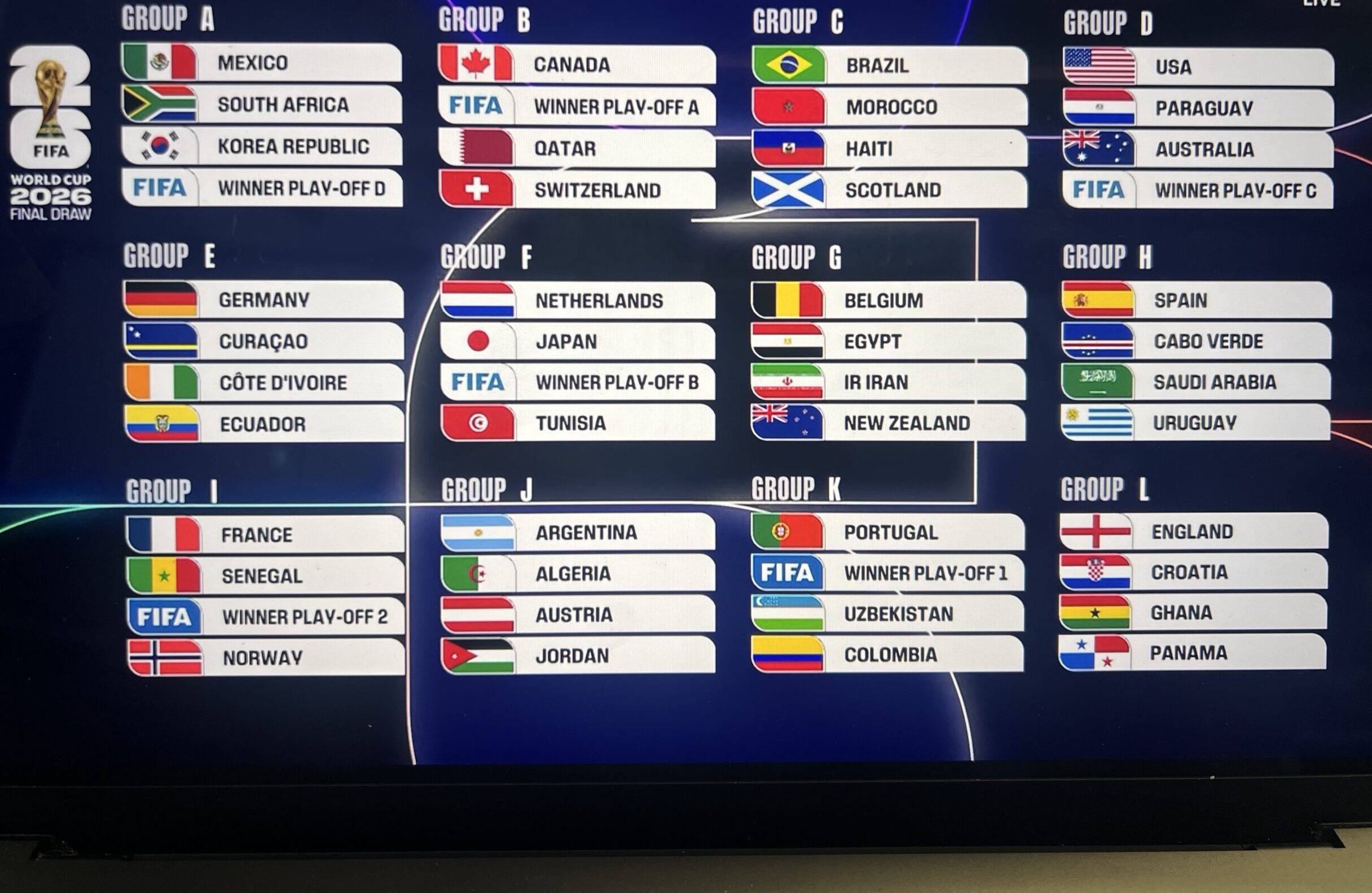Cristiano Ronaldo’s place in football history is cemented, no matter where you stand on the debate on whether he is the GOAT or not, that he’s one of the greatest of all time cannot be disputed, due to the fact he has dominated three of the world’s biggest and most competitive leagues. The Portuguese striker’s return to Manchester United in the summer of 2021 may have raised a few eyebrows, but he is showing no signs of slowing down, despite his team’s struggles.
Image credit for above picture goes to Portuguese Gravity.
With 2022 now upon us, it will soon be 20 years since Cristiano Ronaldo made his debut for Sporting Lisbon, and while it seems like he will be playing and scoring goals forever, he must now surely be in the final stages of his glittering career. So, let’s look at the stages of Cristiano Ronaldo’s incredible football career so far.
Cristiano Ronaldo’s Phase 1: 2002 – 2006
Ronaldo was born on the archipelago island of Madeira before joining the Sporting academy at the age of 12. He progressed quickly through the club’s youth ranks before making his first team debut in 2002 at just 17 years old. After 25 league appearances and one now famous friendly game, he moved to Manchester United in 2003 and was handed the iconic number 7 shirt that had been vacant after David Beckham’s move to Real Madrid.
It can be argued that this was Ronaldo’s most entertaining period as he impressed Premier League crowds with his electric speed and flashy skills. While his end product left a lot to be desired at this point, it was clear that he had something special about him.
Cristiano Ronaldo Phase 2: 2007 – 2011
The 2006/07 Premier League season was difficult for Ronaldo after an incident at the World Cup with Wayne Rooney made him public enemy for England fans. Despite being booed and heckled at grounds around the country, he managed to score twenty goals in a season for the first time in his career as he won his first Premier League title.
The following season he became even more prolific, scoring 42 goals across all competitions, attracting the attention of Real Madrid in the process. He didn’t get his desired move straight away, but he did eventually arrive at Madrid in 2009 after the Spanish giants paid a then world record fee for his services. He continued where he’d left off in his final seasons at United, scoring almost a goal a game, while managing to dazzle the Bernabeu crowd with his abilities.
Cristiano Ronaldo Phase 3: 2012 – 2016
This period was when the Portuguese hitman was probably at his best and most complete. He retained the speed and skill that made him such an exciting prospect, marrying it with devastating end product as he racked up the goals left right and centre. While no one was doubting his commitment to becoming the world’s best at this point, he gave the perception of taking his profession even more seriously as he refined his game even further.
Ronaldo got rid of the flashy clothes and blond streaks in his hair as he sought to be football’s Michael Jordan, rather than more closely resembling the eccentric Dennis Rodman as a result of these eccentric traits. In May 2012 he lifted the La Liga trophy with Real Madrid, having aided the cause with 46 goals.
Cristiano Ronaldo Phase 4: 2017 – Retirement…
Ronaldo’s final two seasons at Madrid, while impressive by most players standards, were somewhat below par. This was largely down to fitness problems and niggling injuries that caused him to make less than thirty league appearances in both seasons. He moved to Juventus in 2018 and finished as their top scorer in each of his three seasons at the Old Lady.
However, during this time, as football becomes more and more tactical, his inability and lack of desire to engage in pressing has become problematic. Now back at United, debate rages on over whether his presence is helping or hindering the Red Devils, who are struggling to dominate opponents despite his goals.
This has led many to question whether now might be the time to retire as football’s emphasis on physicality and aggressive pressing grows. This is a decision only the great man himself can make, but whenever he decides to leave the game, he will go down as a hero to millions.

